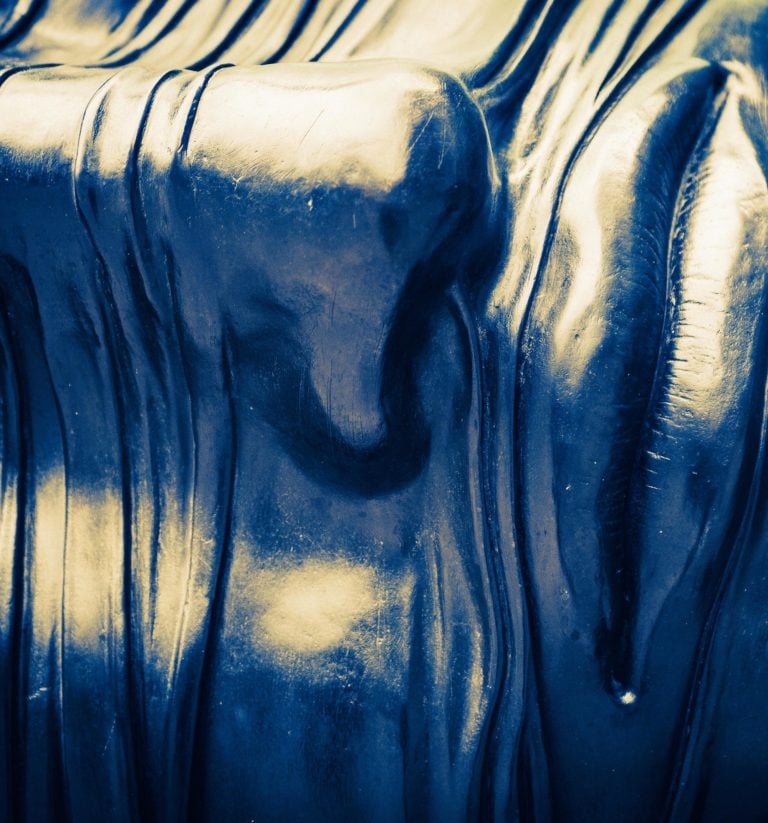
You should also experience improved stability and performance thanks to resolved memory leak and crash issues. We also fixed an issue that prevented users from properly closing DeNoise AI when no images were loaded.
Upgrading to topaz denoise 6 upgrade#
Only DeNoise, Sharpen, Gigapixel, and Mask will require an upgrade license in 2020. If you own multiple products, you can activate a year of account-wide upgrades for 99.99.

Notably, we resolved an issue where the same Auto settings would be applied to all images in a batch sequence. After your first year of free upgrades is complete, you can buy another year at any time in the future for any single product for 49.99. Stability improvements and bug fixesĭeNoise AI v3.6 also includes a number of helpful bug fixes and stability improvements. We’ve also redesigned the overall Save dialog box to be more clear, providing you with everything you need to determine which file format to output, as well as the destination to save that file to. Adobe Lightroom and Photoshop users will not experience any changes to their existing workflows when sending photos from those host apps to DeNoise AI. With the new Save dialog box in DeNoise AI v3.6, users can now select to overwrite the image sent to the app, thereby restoring the correct round-trip workflow with the host application.
Upgrading to topaz denoise 6 for mac#
Unfortunately, that change inadvertently broke the external editor workflow for Mac users using non-Adobe host applications such as Capture One and Apple Photos, preventing them from overwriting the image file sent to DeNoise AI from the host application. When we released DeNoise AI v3.3, we included a change to help prevent users from accidentally overwriting their original file in certain circumstances. We strongly advise that you do not apply any sharpening or noise reduction in advance if you plan on using the updated RAW model with non-RAW formats. We’ve also extended support of this updated RAW model to non-RAW file formats such as TIFF, JPEG, and PNG. The latter format now allows users to use DeNoise AI with RAW images taken by mobile phones, such as Apple’s iPhone, which are saved as DNG. Since then, we’ve trained an updated RAW model analogue that adds support for additional camera models, most notably those by Fujifilm, as well as improving our support for linear DNG images. Users upgrading from earlier versions of DeNoise will have an easy time navigating the version 6 interface, but new users would do well to view some of the excellent tutorials on the Topaz Labs website in order to get the most out of the program. That original RAW model already supported many camera manufacturers and models ( 1, 2), but we wanted to expand on that.

We initially released the RAW model with DeNoise AI v3.3, providing remarkable noise reduction by analyzing the original image data found in RAW files. RAF file | Source: Carey Rose via DPReview DeNoise AI v3.6 RAW model applying noise reduction to a Fujifilm X100V.


 0 kommentar(er)
0 kommentar(er)
